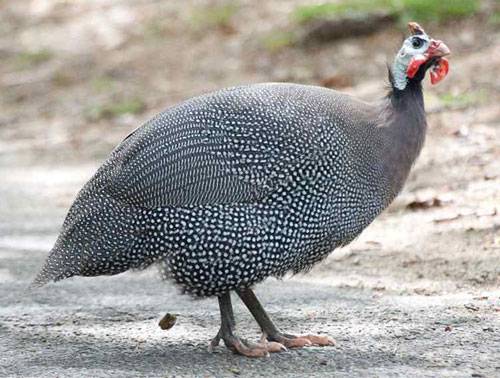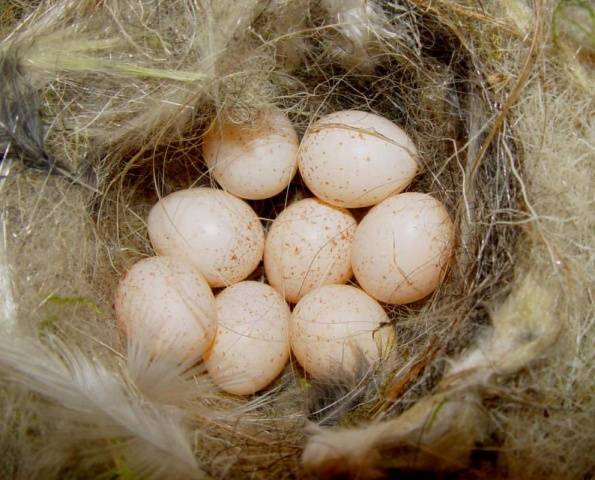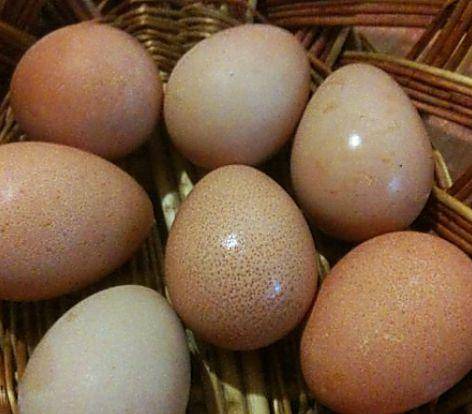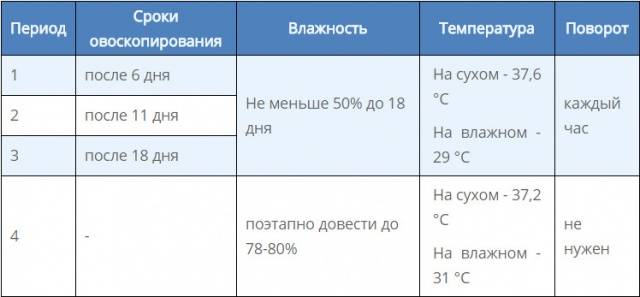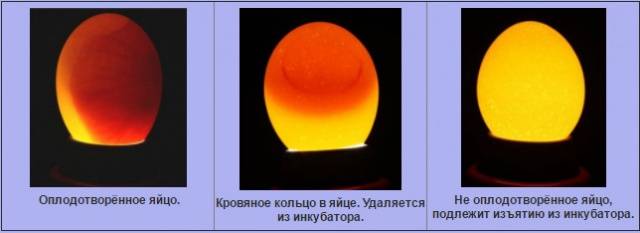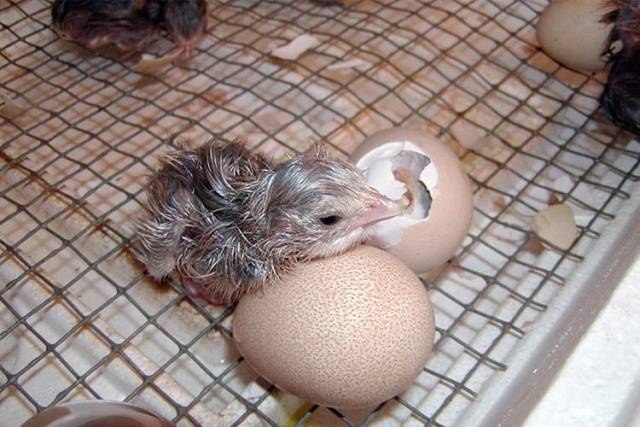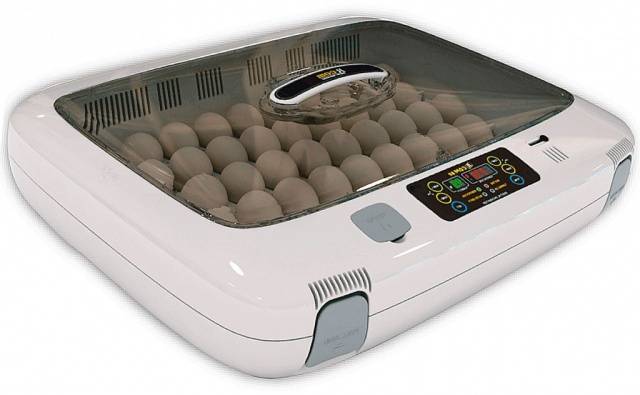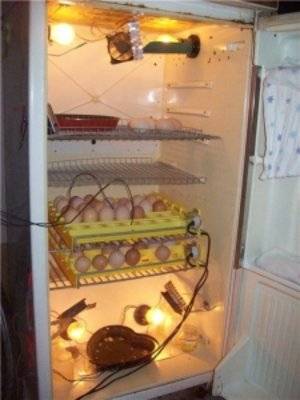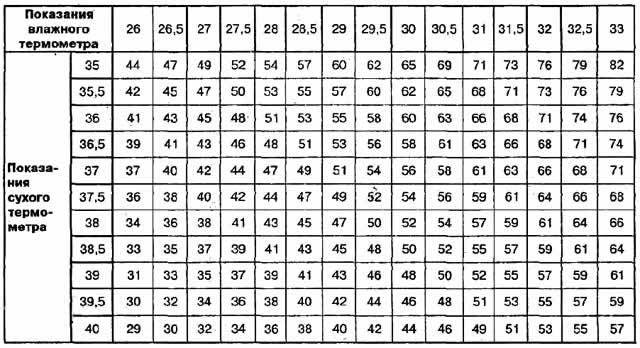Content
A widespread legend that the name "guinea fowl"Comes from the word" Caesar ", that is, this" royal bird "attracts many poultry lovers. The color of the guinea fowl is also very beautiful, although it often depends on the breed of the guinea fowl. Most of them have a feather in a small speck, which makes the bird seem to be sprinkled with small pearls.
In the photo, a guinea fowl of "average" color. They can be white, with a blue feather, or piebald.
The origin of the guinea fowl is from North Africa and was brought to Europe by the ancient Greeks. True, at that time Europe was not delighted with these birds and the number of guinea fowls was reduced to zero. These birds were brought back to Europe by the Portuguese in the 15th century from West Africa.
Guinea fowl does not belong to the pheasant family (chickens, peacocks, pheasants, turkeys), they have their own family, of all the genera of which only the common guinea fowl is domesticated.
Guinea fowls have delicious dietary meat, in quality standing between game and homemade chicken.
In countries where guinea fowl are bred, birds are usually stewed or fried over very low heat.
A domesticated guinea fowl is a bad mother. Perhaps the fact is that in captivity, the guinea fowl cannot make a nest for itself. In nature, a nest of guinea fowls is a depression in the ground, where the bird lays up to 8 eggs. But guinea fowls are very shy. If in nature they can find a secluded place where they can hatch eggs, then in captivity this is almost impossible. And if the guinea fowl is frightened away, it will throw the nest.
It is because of fearfulness in captivity that guinea fowls are hatched in an incubator. There is one more thing. In nature, guinea fowls breed during drought periods, since their young are very sensitive to dampness and cold. Such conditions are easy to create for guinea fowls in the southern Mediterranean, but much more difficult in more northern conditions. And even in nature, the Caesarians can easily die, getting wet under the dew that has fallen in the morning. Taking into account all these conditions, the incubator is more reliable.
Although it happens that guinea fowls use chicken or turkey for incubation. You can bring chickens and guinea fowls together under a chicken. But since the caesarians need a week longer to hatch than the chickens, the chicken eggs are laid under the hen a week later. And the terms of the turkey poults are the same as the Caesars, eggs can be laid under the turkey at the same time.
Incubation of guinea fowl eggs at home
Guinea fowl eggs with a shelf life of at least a week and a weight of at least 38 g are suitable for incubation. The eggs should be brown. They can be either light or dark brown. Mandatory requirement: strong shell.
If the eggs make a rattling sound, they are not suitable for incubation. In their shell there are microcracks invisible to the naked eye. Through these microcracks, most likely, pathogenic microflora has already penetrated, which will rapidly multiply in the warm and humid environment of the incubator. Even if there is no infection yet, the fluid will evaporate through the cracks very quickly and the embryo will die anyway.
Guinea fowls begin to rush from 8 months, but the hatching egg is collected from birds that are one year old.For breeding, eggs begin to be collected only in the third week of laying, since the first eggs may be unfertilized.
Before laying, the future hatching egg is stored in a room with a temperature of 12 to 15 degrees. An old, but still working refrigerator is best suited for the role of a room. If you store guinea eggs in cartons from under chicken eggs, then put them with the blunt end up. Can be stored on its side, but in this case it is necessary to turn the eggs 2-3 times a day.
Guinea fowl is a very sloppy bird in terms of nesting litter. To keep the eggs clean, they need to be harvested 3-4 times a day. In addition to all the hassle, the free guinea fowl lays its eggs anywhere but in the nest prepared for it. From the breeder's point of view, this nest is ideal for laying. Guinea fowls have their own opinion. Therefore, the guinea fowls will have to be kept either in an aviary, or to look for places where they decided to arrange nests for themselves.
When incubating guinea fowl eggs at home, hygiene measures must be strictly observed. Primarily because of the untidiness of the birds themselves.
When preparing eggs for incubation, in addition to external examination, the eggs must be rinsed with a weak solution of potassium permanganate. The potassium permanganate solution must be freshly prepared. Gently wipe dirty areas with a soft cloth. It is important to try not to damage the protective film, without which pathogenic bacteria can penetrate inside. After rinsing, the eggs are dried.
Before laying eggs in the incubator, they are viewed on an ovoscope. The same requirements apply if the eggs are planned to be laid under the hen.
Breeding guinea fowls in an incubator
Since guinea fowls are often bred under a chicken, and adjusting an incubator to the needs of each type of bird can be not only difficult, but simply impossible, many poultry farmers believe that incubation of guinea fowls can take place under the same conditions as incubation of chickens.
Successful breeding of guinea fowls:
In fact, the incubation mode for guinea fowl eggs is different from the incubation mode for chicken eggs. This is not surprising when you consider the difference in the climate of the regions from which these bird species originate. Not only the incubation times differ, but also the temperature required for the normal development of the chicks. Although, if it is very necessary, and there is no customizable incubator, then they incubate and in the "chicken" mode the number of hatched guinea fowls will be less, but not all will die.
The basic rules on how to breed guinea fowls in an incubator are no different from the rules that are used when breeding other types of birds:
- cleaning from dirt;
- disinfection;
- check on the ovoscope;
- laying in an incubator;
- maintaining optimal temperature and humidity at different periods of incubation;
- keeping the terms of the incubation period.
The penultimate point requires some explanation, since the optimal temperature and humidity for each species are different.
Guinea fowl incubation mode table in comparison with the incubation mode of chicken eggs
For guinea fowls:
For chickens:
The tables show that the moisture requirements for chickens are significantly lower than for guinea fowls, and the requirements for egg turning are higher.
On a note! The table shows that the incubation of guinea fowl eggs can last 26 days. But this will happen if the temperature in the incubator is higher than optimal. In this case, the Caesars will hatch underdeveloped. It is better if the incubation lasts longer, but the chicks will turn out to be full.
If you put the tables together, you get:
| guinea fowl | chickens | |
|---|---|---|
| Incubation period, days | 28 | 21 |
| Incubator temperature | From 38 ° at the beginning it decreases to 37 at the end | From 37.6 at the beginning to 37.2 at the end |
| Humidity | It fluctuates depending on the incubation period, the maximum at the end of incubation is 70% | Increases from 50% to 80% |
| Ovoscopy | 8, 15, 24 day of incubation * | 7, 12, 19 days of incubation |
* There are some advice to ovoscopy and remove infertile guinea eggs only on the 24th day before hatching.
The second option: remove unfertilized by 8; 15 - those in which a blood stain appeared; for 24 - eggs with a frozen embryo
Both methods have pros and cons. In the process of work, it is very undesirable to open the incubator so as not to violate the thermal regime. With this approach, the advice of ovoscopy only on the 24th day has the right to exist. But if there were cracks in the egg and it died much earlier, then in 3 weeks the contents will have time to leak out and infect healthy eggs.
It's okay if the batch of eggs is very large and the hatched chicks are planted in different brooders. In this case, you can lay some of the eggs later. Eggs placed in the incubator later than the main batch must be marked in order to know how many days “fresh” eggs have been incubated and on what day they should be checked with an ovoscope.
The main requirement: in one brooder there must be the same-age princes. Otherwise, the younger ones may be trampled.
So which method to choose is up to the owners, although it is annoying sometimes to drive an incompletely filled incubator.
Usually, eggs should be placed with the blunt end up in an automatic incubator. When manually turning, the eggs are laid on their side, just as they would lie under the hen. In order not to get confused with turning, it is better to mark one side with a marker.
Hatching guinea fowl
On the 27th day or even earlier, nipples may appear on the eggs. The final formation and hatching of the guinea fowl will take about a day. If the incubation regime was not violated, then the conclusion will be friendly. But, depending on the development of the guinea fowl, some can jump up almost immediately and try to run, others will lie quietly and gain strength. Those who try to run should be caught and moved to a brooder. The Caesars are very mobile and can fit into any hole. Calm should be left for a while in the incubator.
How to increase the humidity in the incubator
If the poultry farmer has an expensive programmable incubator, he can set the desired humidity, temperature and number of turns of eggs per day.
But what if you only have a cheap "bowl with a fan" or a homemade incubator from an old refrigerator or foam box? In the latter cases, you can only increase the area from which the water will evaporate by placing a cuvette filled with water in the incubator. Or two. In a foam box, you can pour water into the bottom of the box.
The recommended spraying of eggs to increase humidity will only be effective with an external fan. But for spraying, the owner will have to open the incubator.
If the incubator is "half automatic" with a built-in fan, then it is simply dangerous to spray anything inside, as water can get on the electrical system, and more than enough water can be poured into it. In this case, the "warming" of the incubator helps. The more isolated such an incubator from the environment, the higher the humidity in it. But it will still not be possible to raise up to 80%. And it is not really necessary.
In home-made incubators without an automatic determiner, the humidity is calculated according to the table by the temperature difference between the "dry" and "wet" thermometer. A "wet" thermometer is a thermometer with a cloth wick wrapped around its bottom tip. The other end of the wick is dipped into a container of water.
If the incubator is large enough, you can put a container of hot water in it to increase the humidity. But this will cause the temperature to rise, which can damage the chicks.
Underheating or overheating of hatching eggs
To reduce humidity, it will be enough to reduce the water "mirror" or remove the "insulation".
Conclusion
Since guinea fowl eggs do not require a large percentage of moisture like duck or goose eggs, the percentage of hatchability is higher. And even with the "chicken" incubation mode, breeding guinea fowls will be quite profitable.
